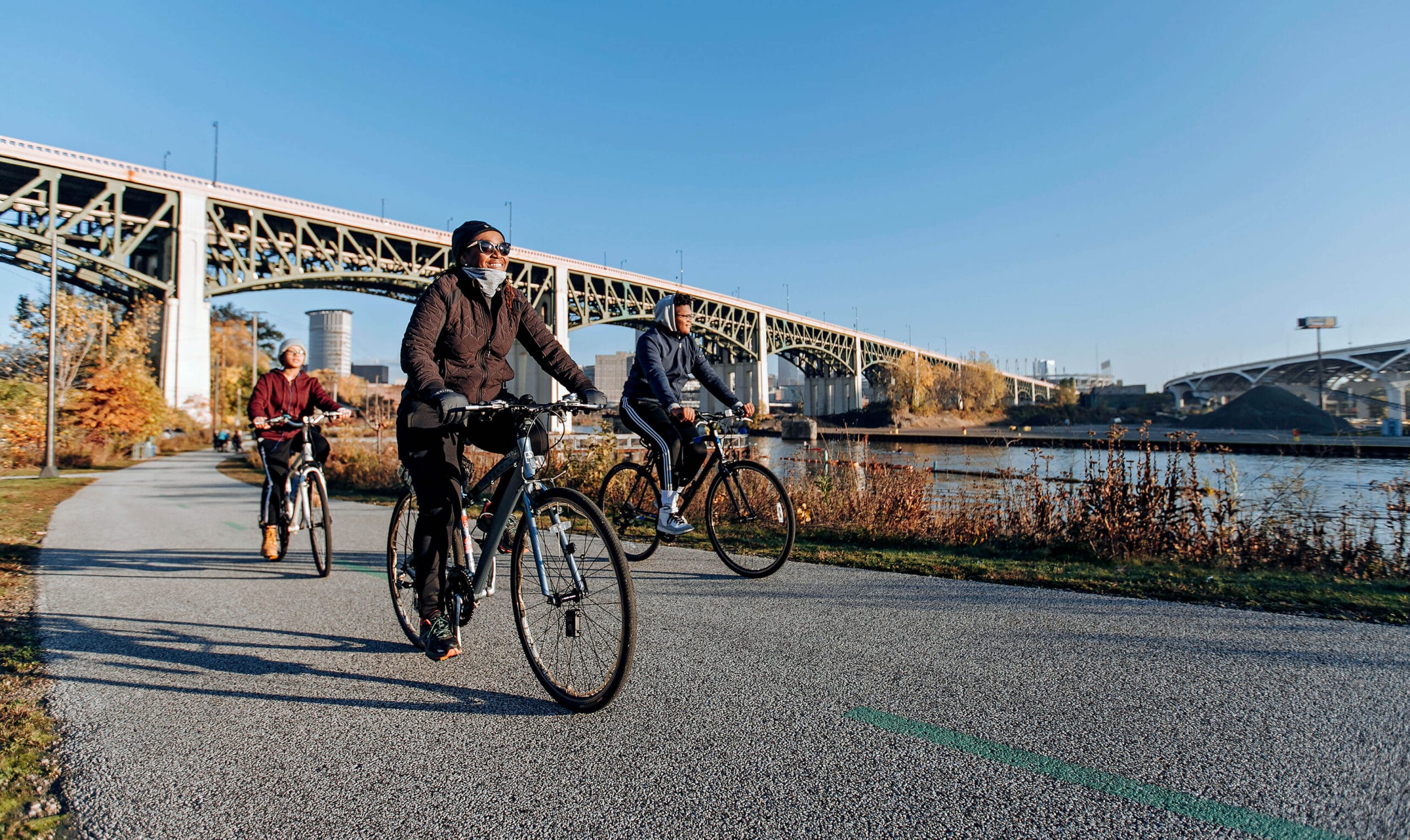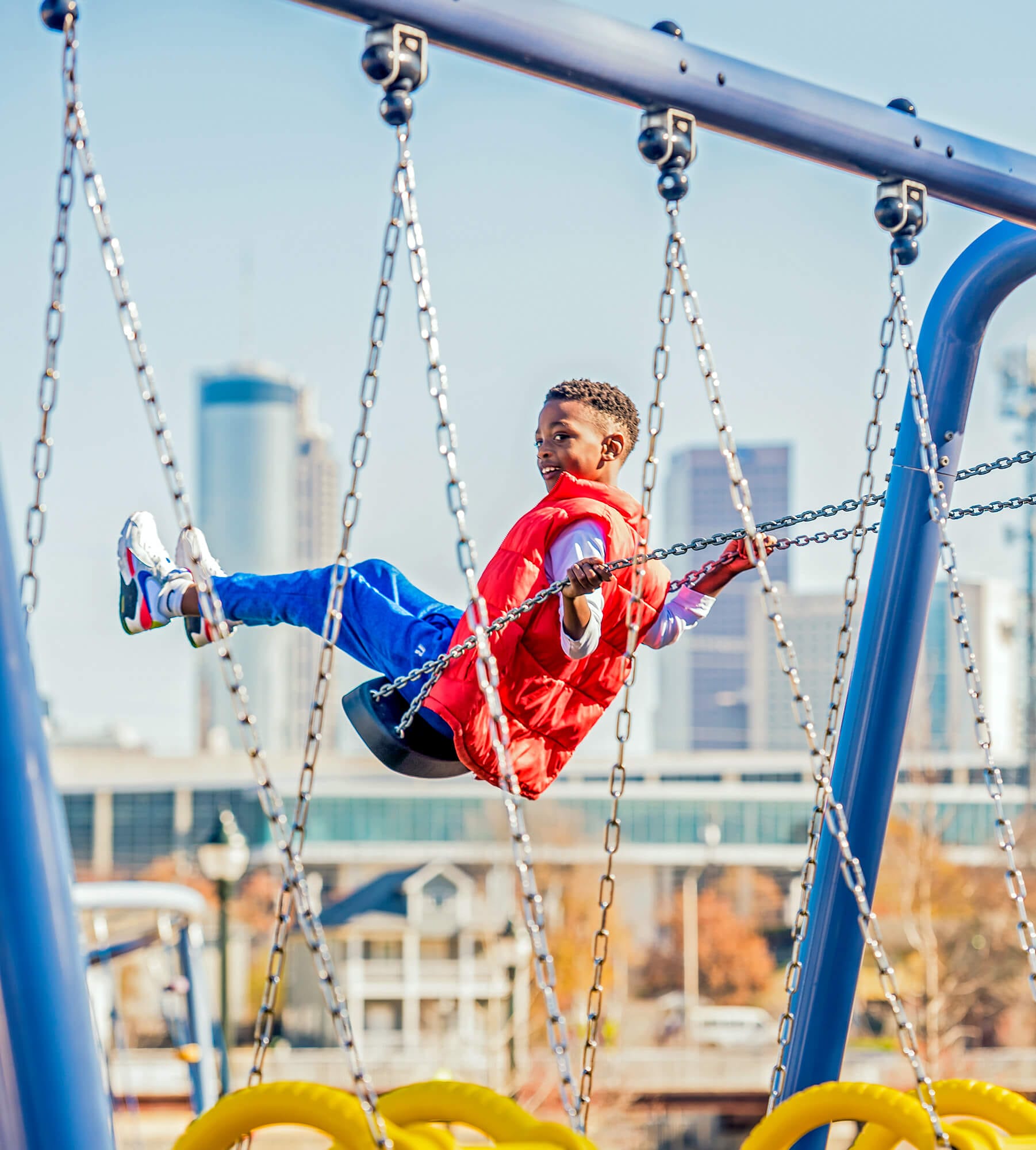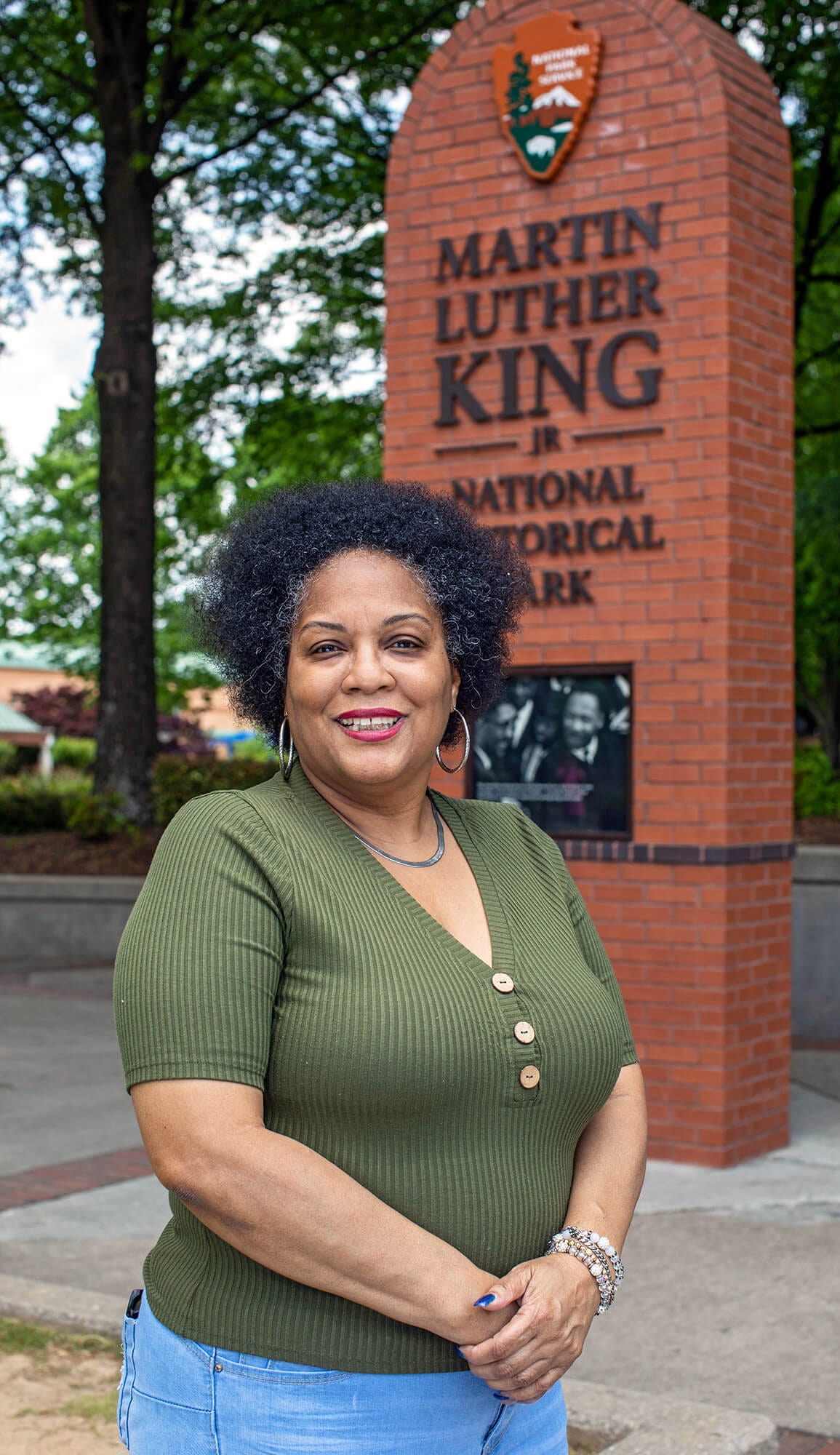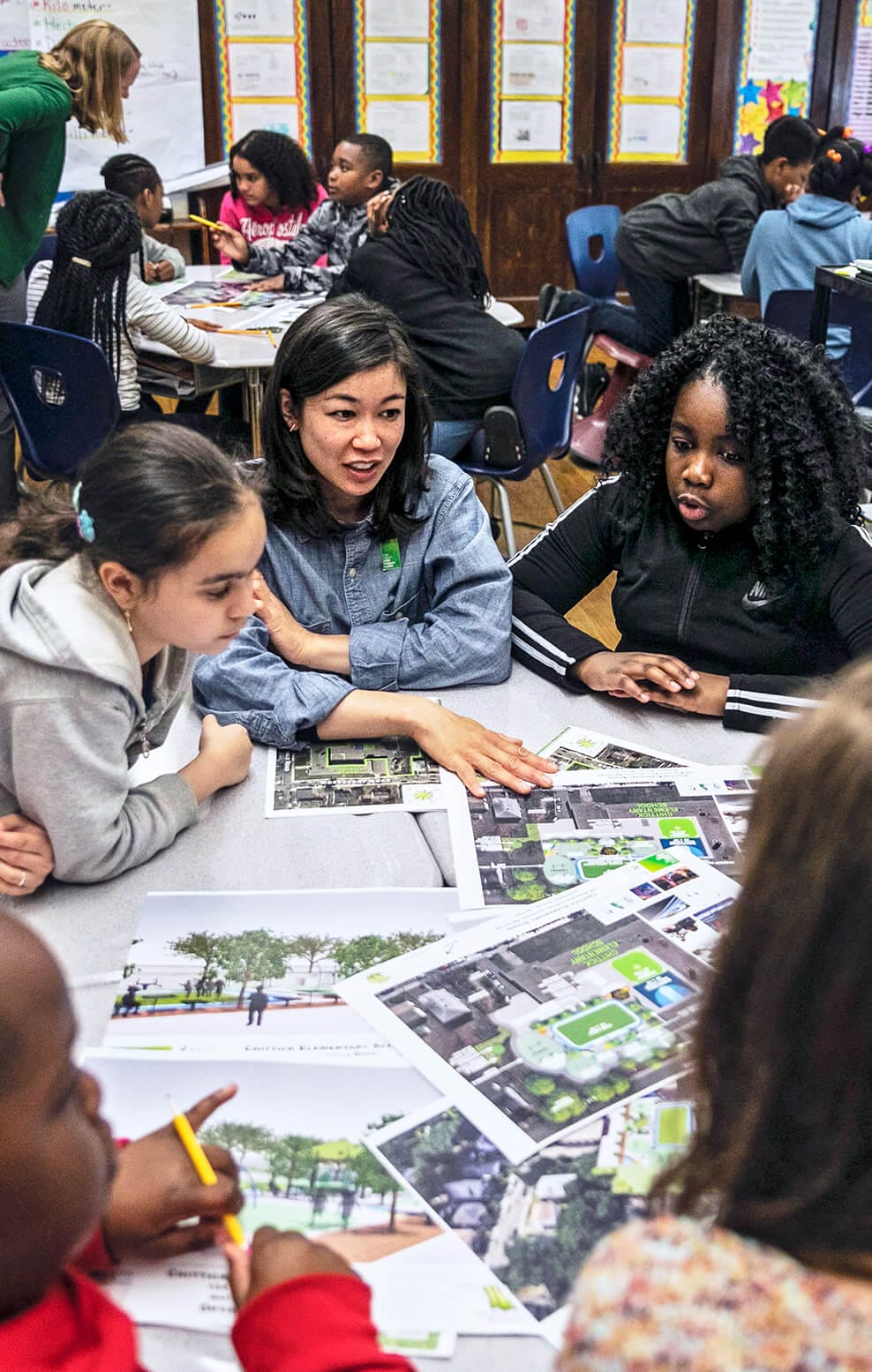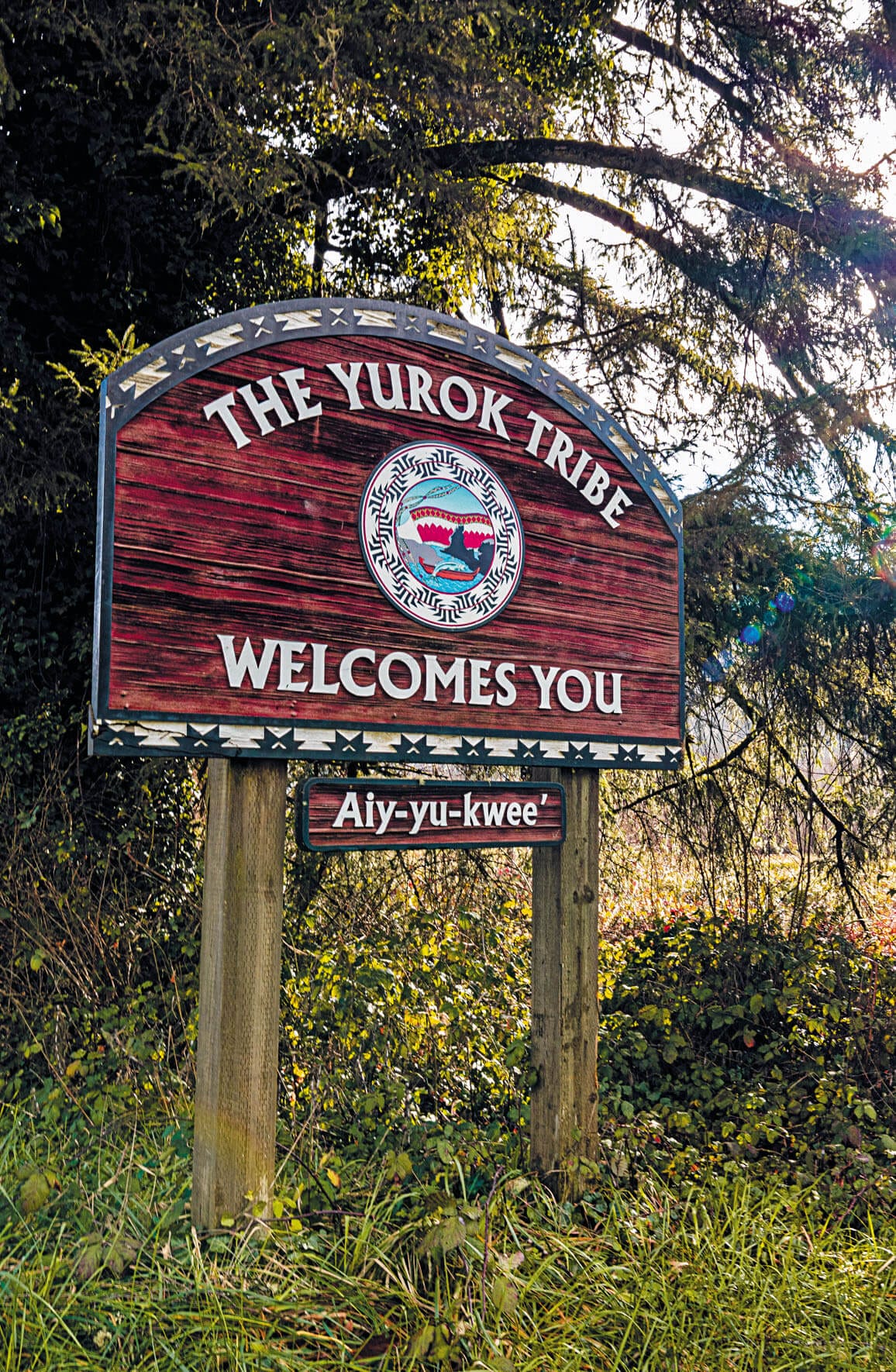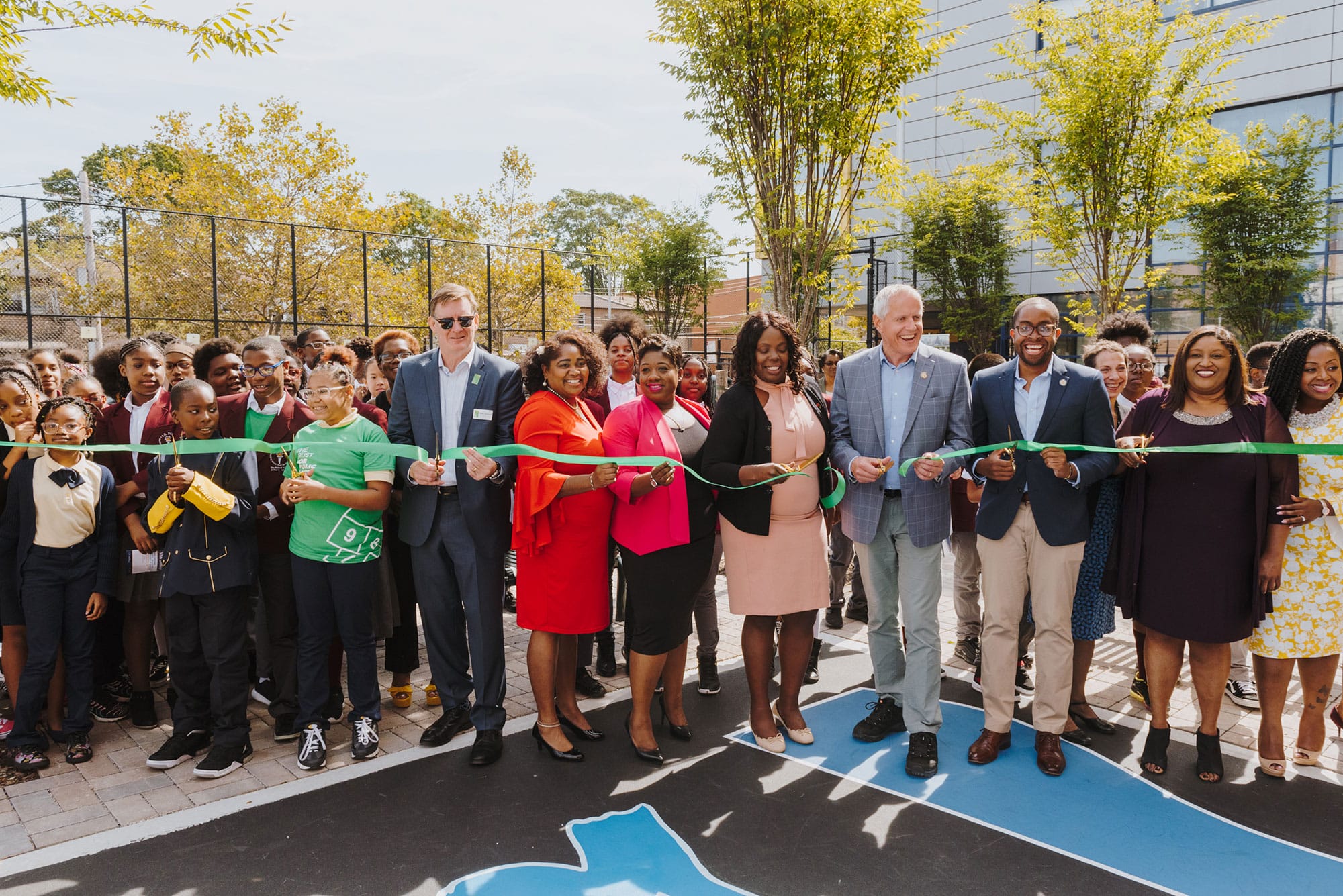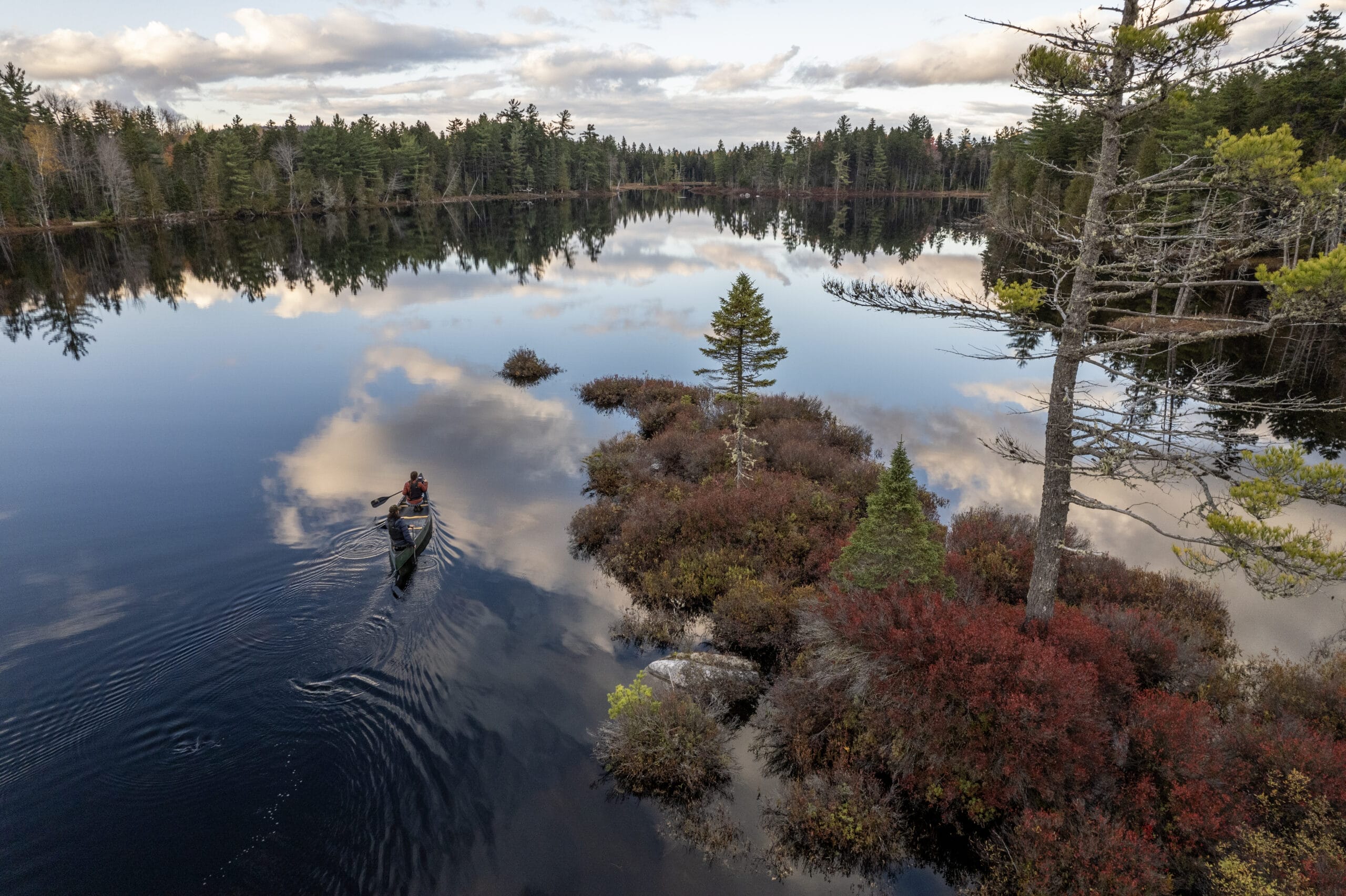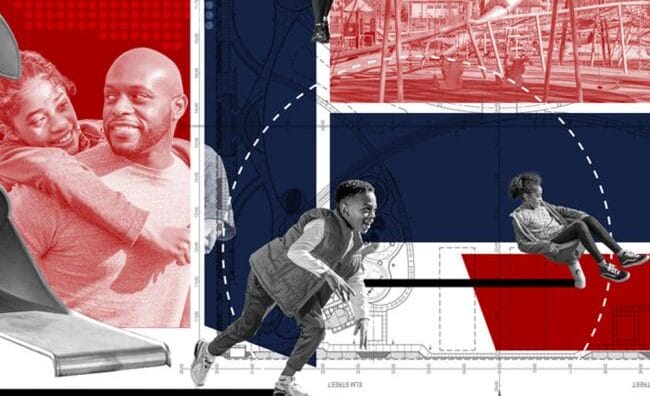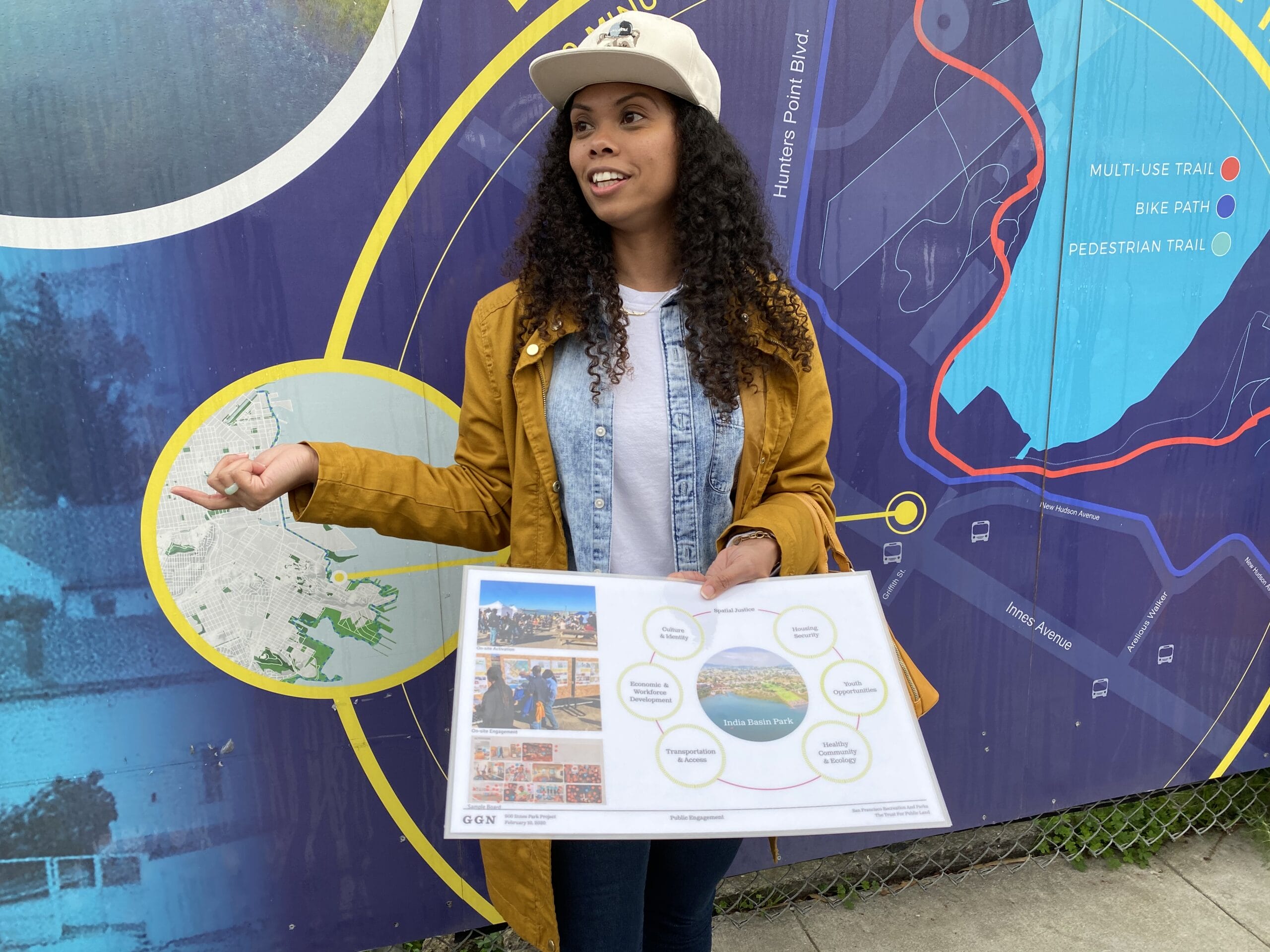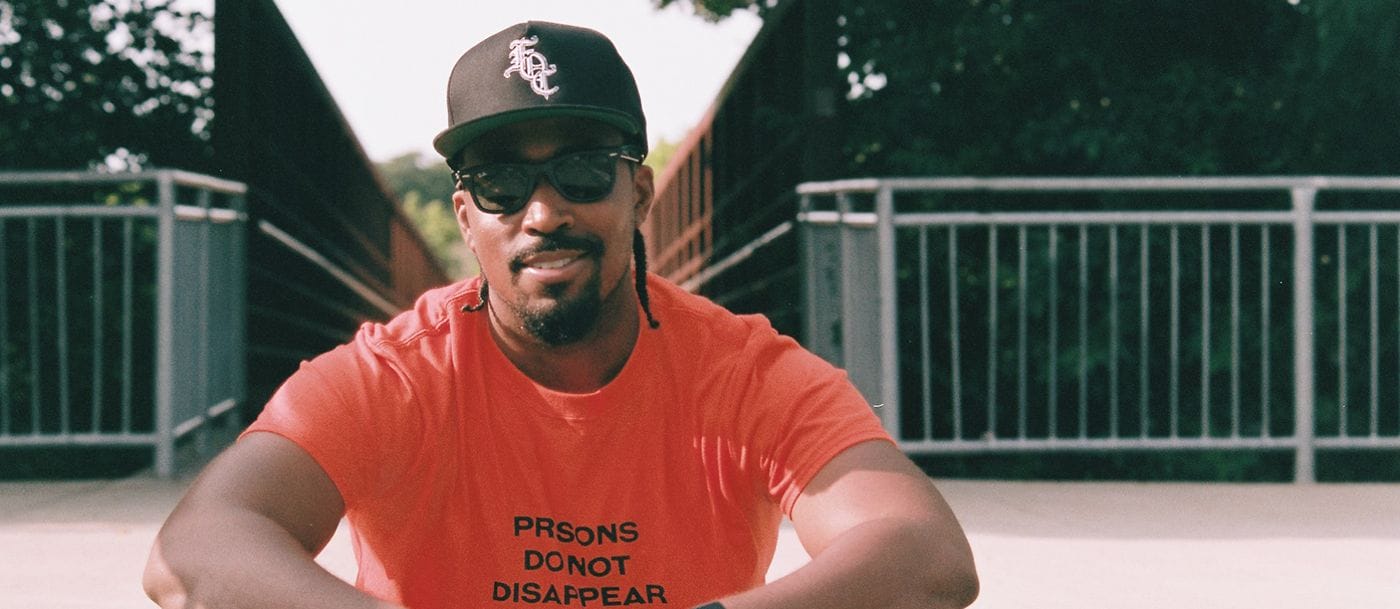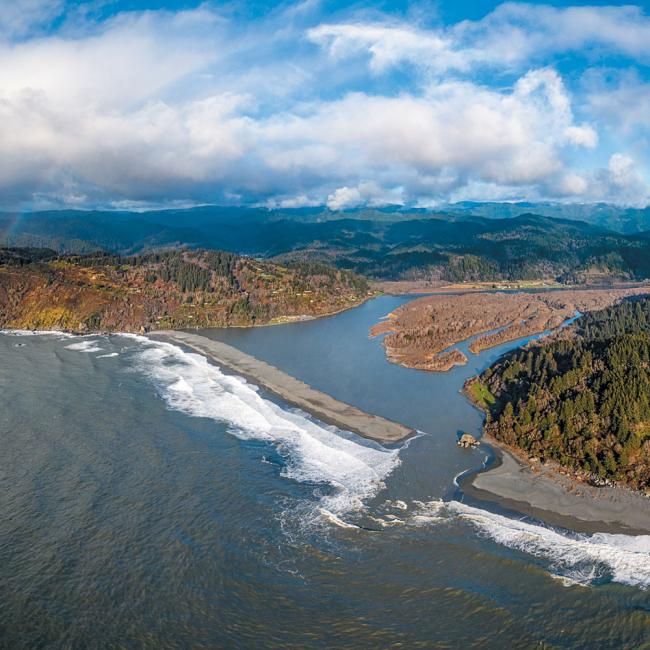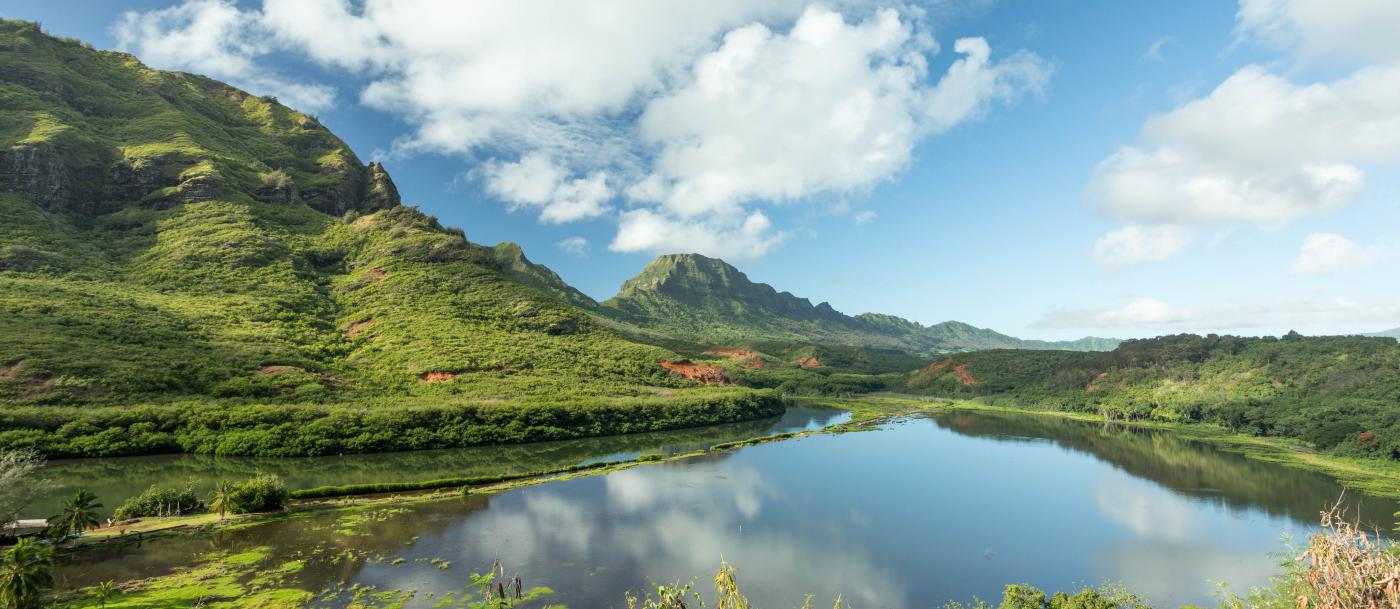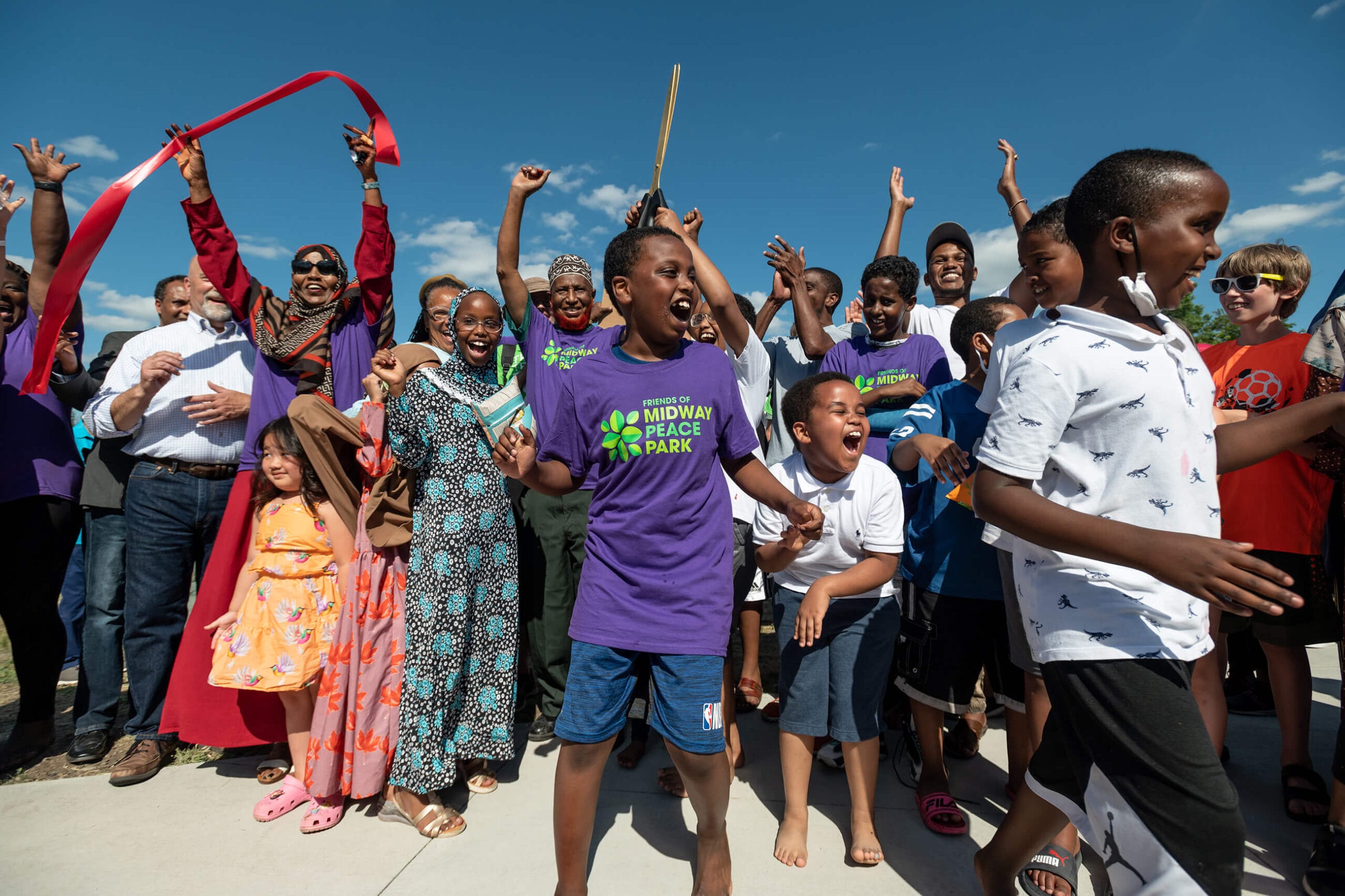Together We Can Close the Park Equity Gap
We believe that when all people have equal access to the outdoors, communities are stronger, healthier, more resilient, and more equitable. Support Our Work
Spending time outdoors is more than a nicety—it’s a necessity for a happy, healthy life. But access to parks isn’t equal, and disparities often fall on racial and economic divides. In low-income communities, communities of color, and rural areas, parks are fewer, smaller, more crowded, and less maintained than parks in higher-income or predominantly white communities.
But it doesn’t have to be this way. Together, we can close the park equity gap and bring green spaces to everyone.
One-hundred million people in America don’t have a park within a 10-minute walk of home.
We’re on a mission to change that with our 10-Minute Walk® program, as we work hand in hand with cities and their mayors to generate investments in and access to parks and public land that benefit communities across the country. Learn more about our work with mayors and their pledges to bring everyone in their districts within a 10-minute walk of a park by 2050.
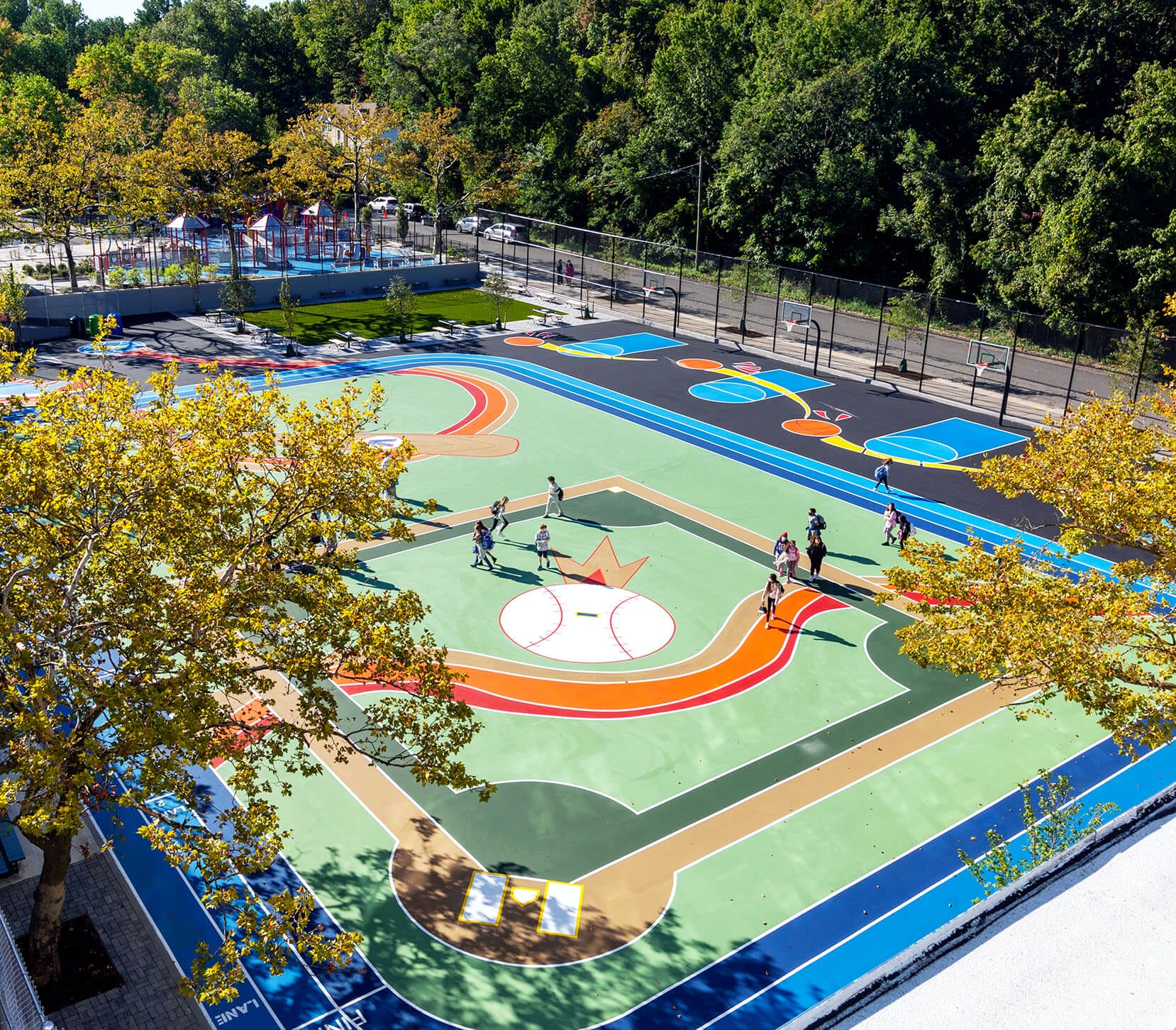
Safe, high-quality green spaces have the power to begin mending historic and systemic divides. Not only do parks strengthen social ties and increase well-being, they also make communities more resilient against the effects of climate change. Find out how your city is investing in parks.
As a leader in equitable access to the outdoors, we’re partnering with communities to solve wide-ranging challenges with innovative approaches and solutions to close the country’s outdoor equity gap. Here’s how.
-
Black History and Culture Sites
We place special emphasis on identifying and protecting sites of cultural and historical importance and preserving spaces that represent the Black American experience. These sites range from Atlanta’s MLK National Historical Park to Nicodemus National Historic Site in Kansas.

-
Smart Investments
With our innovative data collection and park mapping technology, we help community members identify key areas for open spaces that meet residents’ aspirations and needs. Then, we help them generate the funding and facilitate relationships to make those open spaces a reality.

-
Community Engagement and Self Determination
Who better to create a new park than the people who will use it every day? Our work aims to empower community members to take charge of their new green space. Citizens and leaders who envision and help create their local green spaces make their neighborhoods more cohesive and often become more engaged and energized in solving other challenges where they live. Meanwhile, kids who are invited to participate in the design of a playground see themselves as part of a larger collective working for change.

-
Protection of Indigenous Lands
Through our Tribal and Native Lands Program, we work with tribes and Indigenous communities to recover, restore, and preserve homelands and culturally significant places such as ancestral burial grounds, fishing sites, and lands that supply traditional foods and medicines. To date, we have worked with more than 70 tribes and Indigenous groups to protect more than 200,000 acres from California to Washington to Hawai’i.

-
The Equitable Communities Fund
Right now, we are raising philanthropic support through the Equitable Communities Fund to energize and accelerate the efforts of 62 historically marginalized communities to create parks and open space.

-
People. Nature. Big Ideas. Podcast
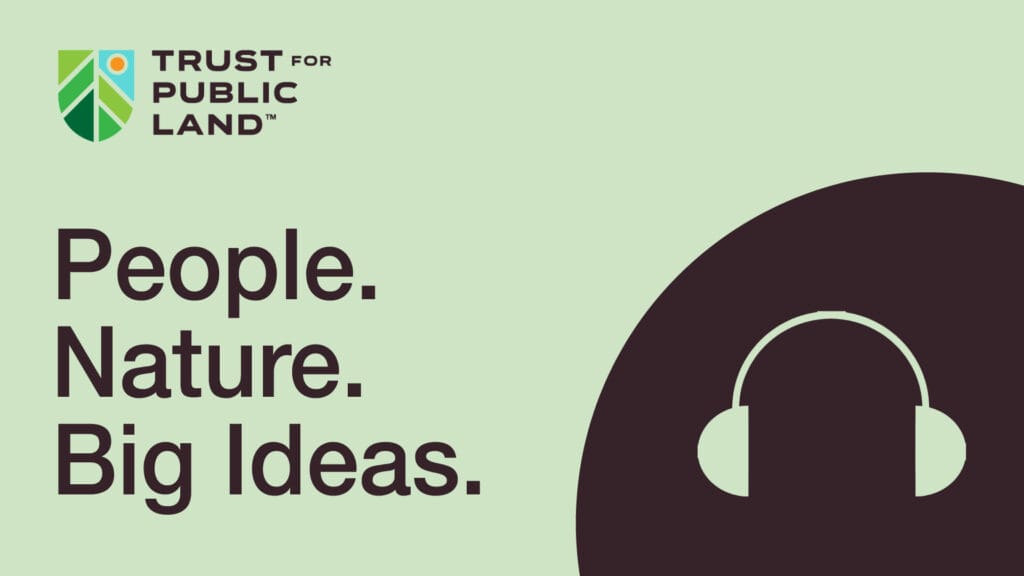
Trust for Public Land Equity and Belonging Director Ronda Lee Chapman invites you to listen in on thought-provoking conversations that explore our human connection with the natural environment—and how those connections influence culture, the arts, joy, and healing, all while building resilient and vibrant communities.
Urge your elected officials to make green spaces a priority. Add your name to one or all of our current petitions and help us take a stand.
Read stories about how our work to bring parks where they’re most needed is helping tackle social, health, and environmental challenges, and to address systemic inequities.

